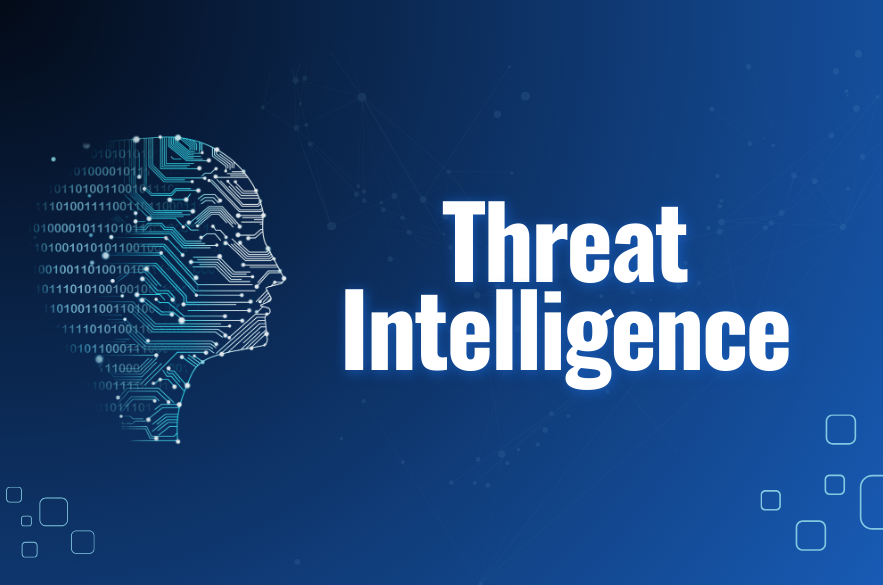In today’s digital landscape, enterprises face a constant barrage of cyber threats. From ransomware to phishing, the sophistication of attackers continues to evolve. Traditional defences like firewalls and antivirus, are reactive, stepping in only once an attack has already begun. But enterprises can’t afford to wait until damage is done. That’s why threat intelligence tools have become central to modern cybersecurity, offering businesses the ability to prevent attacks before they happen.
What Are Threat Intelligence Tools?
At their core, threat intelligence tools (also known as Cyber Threat Intelligence, or CTI platforms) collect, analyse, and share real-time data about potential threats across the digital ecosystem. Unlike reactive tools, they provide proactive defence by identifying patterns, suspicious behaviour, and known malicious actors before attacks escalate.
Threat intelligence operates at three levels:
- Strategic intelligence – high-level insights into global threat trends for executives.
- Tactical intelligence – indicators of compromise (IoCs) and attack methods for security teams.
- Operational intelligence – real-time, actionable alerts integrated into enterprise defence systems.
This layered approach ensures enterprises can anticipate threats instead of merely reacting to them.
Why Threat Intelligence Matters for Enterprises
Large organizations are prime targets for attackers because of their valuable data and complex infrastructure. A single breach can cost millions in damages and reputation loss. Proactive threat intelligence for enterprises helps mitigate these risks by:
- Shortening detection times – spotting potential attacks faster than manual monitoring.
- Improving incident response – enabling SOC teams to prioritize critical threats.
- Preventing business disruption – reducing downtime caused by cyberattacks.
- Strengthening compliance – aligning with frameworks like GDPR and ISO by demonstrating proactive defence.
Enterprises adopting AI-powered threat intelligence solutions report significant ROI through fewer breaches, lower response costs, and enhanced trust with clients.
How Threat Intelligence Prevents Attacks Before They Happen
Instead of waiting for malicious activity, CTI tools hunt threats proactively. They gather signals from across the web, including the deep and dark web,to spot stolen credentials, planned ransomware campaigns, or phishing kits targeting a brand.
Some core capabilities include:
- Real-time data integration with SIEM and XDR tools
- AI and automation to detect anomalies at scale
- Adaptive security orchestration, where systems evolve based on live threat data
- Digital-twin simulations to model potential attacks before they occur
By turning intelligence into action, enterprises gain the upper hand against adversaries.
Challenges in Implementing Threat Intelligence
While the benefits are clear, enterprises should be aware of challenges:
- Data overload – Too much threat data without context can overwhelm SOC teams.
- Integration complexity – Ensuring CTI works smoothly with existing SIEM/XDR platforms.
- Skill gaps – Analysts must know how to interpret intelligence effectively.
- Hidden costs – Advanced tools require investment in licenses, training, and process adaptation.
Successful enterprises address these by starting small, aligning intelligence with business objectives, and gradually expanding capabilities.
The Future of Enterprise Threat Intelligence
The next wave of CTI will likely include security mesh architectures, AI-driven adaptive responses, and automation-first threat hunting. These advancements will enable enterprises not only to detect threats early but also to neutralize them before attackers even launch their campaigns.
As cybercrime becomes more industrialized, businesses that rely on value-driven, proactive threat intelligence will be better positioned to safeguard their assets and maintain customer trust.
Proactive Defense Is the New Standard
For enterprises, waiting until an attack happens is no longer an option. Threat intelligence tools provide the data, automation, and foresight to prevent attacks before they happen, protecting both business continuity and reputation.
At I-NET Software Solutions, we help enterprises implement advanced cybersecurity strategies, including threat intelligence integration with SIEM/XDR, real-time monitoring, and automation-first defence models. Book a consultation to discover how proactive threat intelligence can safeguard your organization.
If you’re interested in related strategies, check out our earlier blog: Ransomware Readiness: How to Protect Your Business Before It’s Too Late. Together, SIEM and threat intelligence form a powerful foundation for enterprise security.
